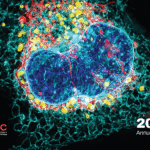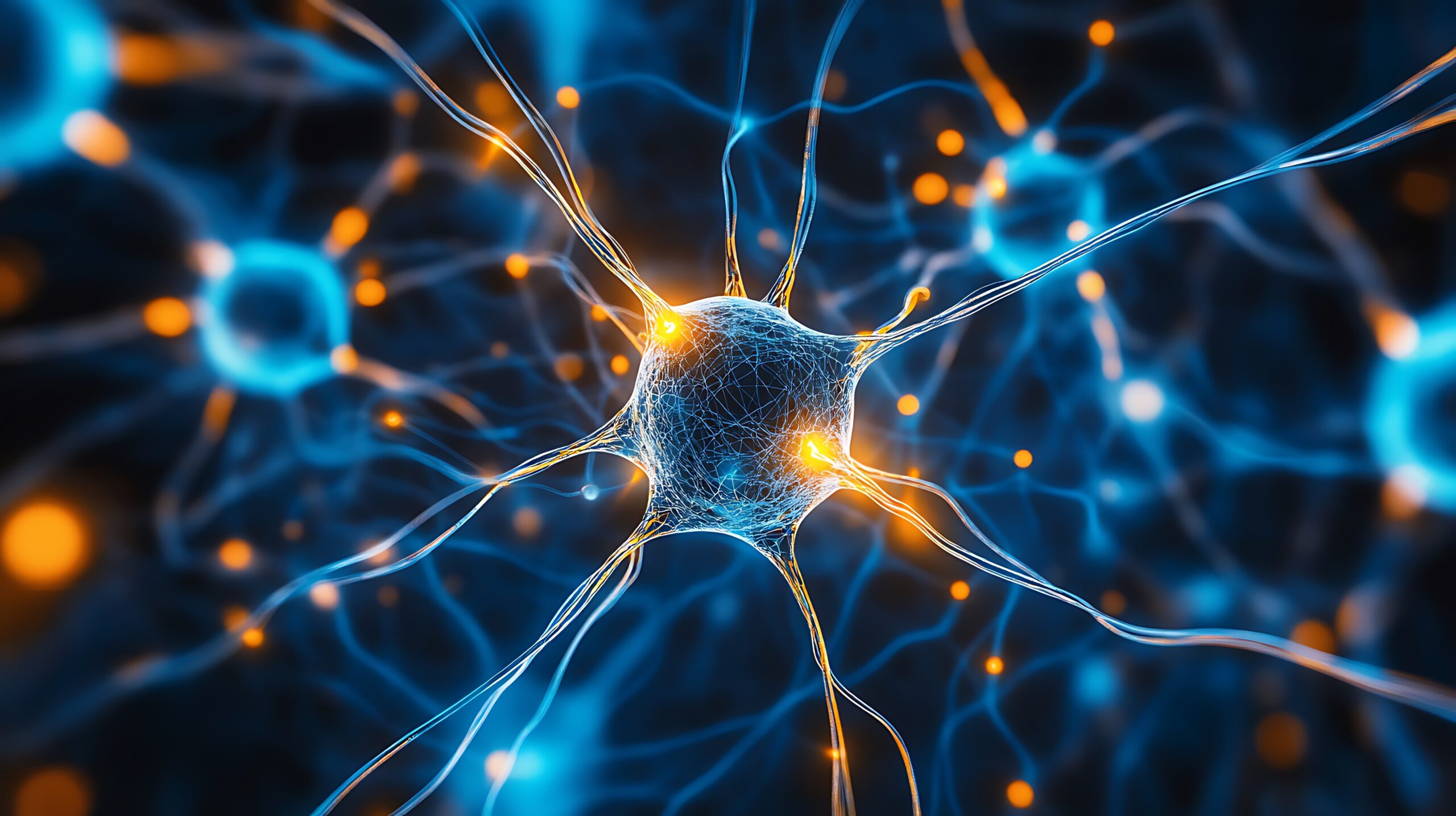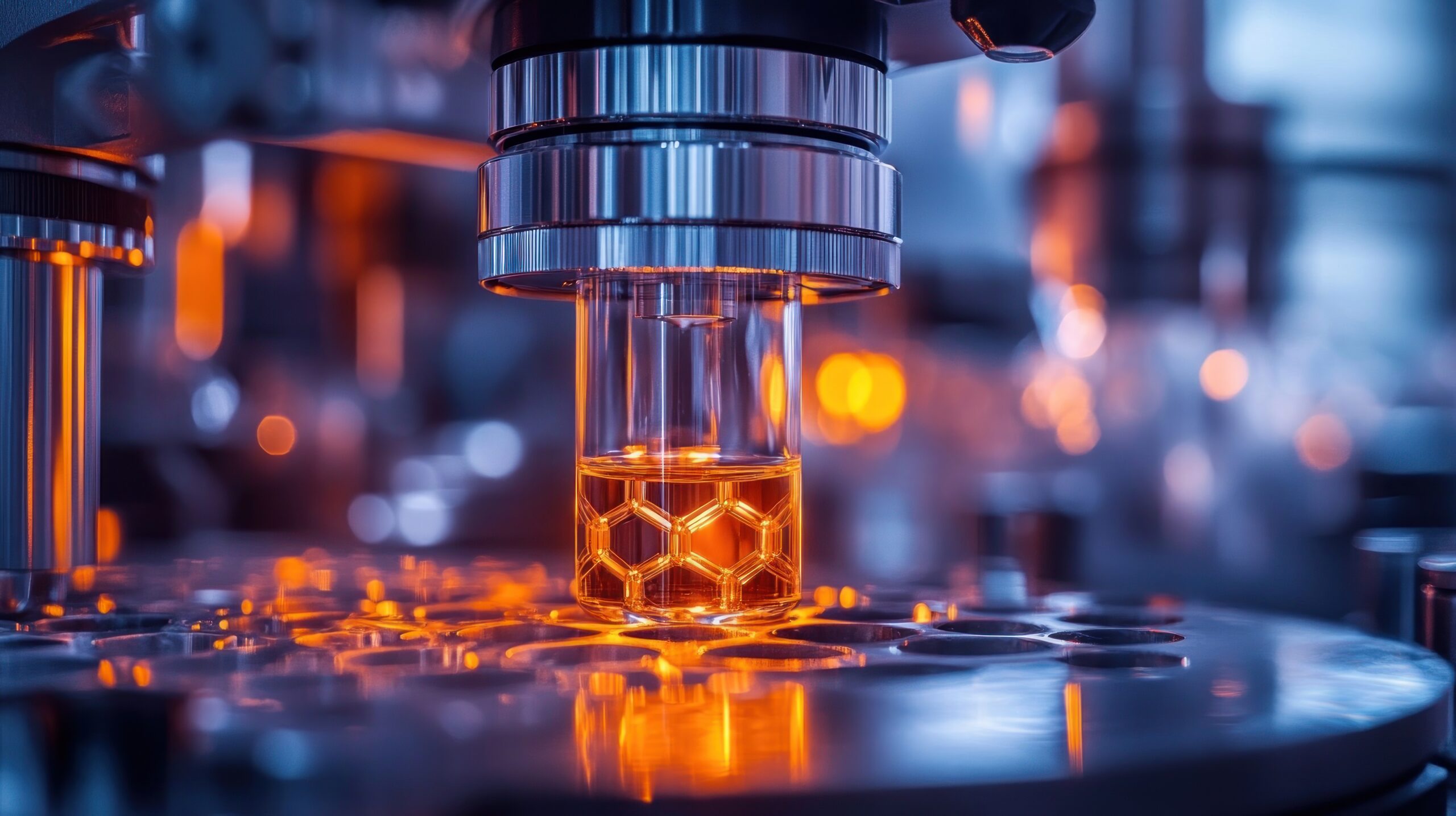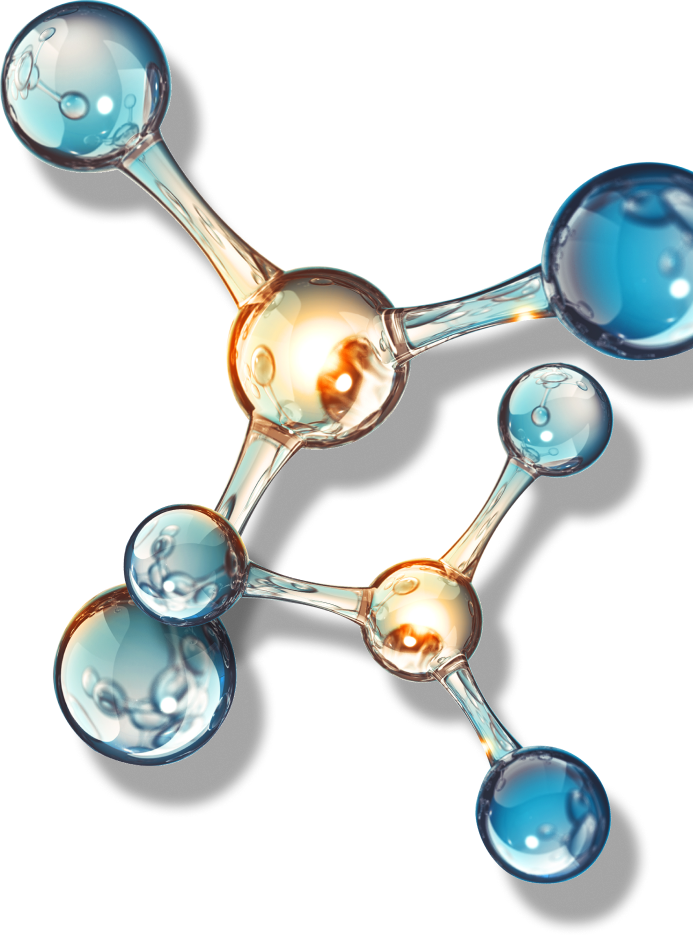The Queensland government has awarded $10M to the Quantum Decarbonisation Alliance (QDA), a consortium of leading research and industry organisations in a mission to apply quantum technologies to solve critical decarbonisation challenges.
New technologies are needed to reach net zero, and quantum technologies promise to play a pivotal role. The Alliance aims to drive significant long-term reductions in carbon emissions across energy, agriculture, resources, and carbon capture.
The QDA brings together The University of Queensland, QUBIC, Griffith University, Australia’s national science agency CSIRO, PsiQuantum and 23 other partner organisations.
Professor Warwick Bowen, QDA lead and Director of the Australian Research Council Centre of Excellence in Quantum Biotechnology, states: “This is an exciting time to be developing quantum technologies for decarbonisation. Achieving COP26 emissions targets requires huge technological advances to address computational challenges that exceed the capabilities of today’s supercomputers and to better locate and extract critical minerals.”
According to McKinsey (2022), quantum computing could enable over 7 gigatons of CO2-equivalent abatement annually, reducing global greenhouse emissions by 18%.
“Quantum computing offers transformative potential in developing innovative solutions to address the environmental challenges posed by energy-intensive industries. We are excited to support the Quantum Decarbonisation Alliance in driving Queensland’s decarbonization efforts and helping to shape a more sustainable future,” said Dr. Geoff Pryde, Senior Director of Technical Partnerships at PsiQuantum.
The QDA is the sole recipient of the Queensland Government’s Quantum and Advanced Technologies Quantum Decarbonisation Mission Program, which is part of the state’s $83.7 million investment over five years for the Queensland Quantum and Advanced Technologies Strategy.
The QDA will focus on applying quantum computing and sensing technologies to several key areas:
- Battery Materials: Quantum computing enabled precise simulations of molecular interactions, essential for developing higher density batteries for electric vehicles and storage.
- Transport Optimisation: Quantum computing optimisation for large-scale logistics networks, reducing fuel use and emissions.
- Catalyst Design: Quantum models to better simulate chemical reactions for green hydrogen production and carbon capture, improving efficiency
- Underground Autonomous Mining: Quantum inertial sensors for precise navigation in GPS-denied environments, for efficient underground extraction of rare critical minerals.
- Deep Ore Detection: Quantum magnetometers to detect weak magnetic fields from ore bodies, improving mining efficiency and reducing environmental impact.
- Greenhouse Gas Monitoring: Quantum sensors to measure trace greenhouse gases with high sensitivity, allowing real-time monitoring of emissions and carbon sequestration integrity
- Single Molecule Sensing: Quantum sensors to provide new insights into protein dynamics and interactions, improving catalyst design for low-energy industrial processes.
This grant underscores Queensland’s commitment to becoming a global leader in quantum technologies and their application to critical challenges such as climate change.
Contact: Professor Warwick Bowen, +61 (0)404 618722 / QUBIC Communications, connect.qubic@uq.edu.au
 This impact story is an extract from QUBIC’s 2024 Annual Report: read more.
This impact story is an extract from QUBIC’s 2024 Annual Report: read more.



